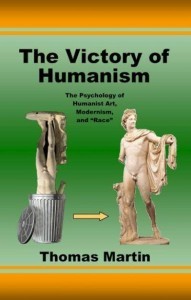Thanksgiving: “Lincoln” and “Django Unchained”
The problem with holidays like Thanksgiving is that they give White people the impression that nothing has really changed. Just like when we were young, there is a huge Thanksgiving dinner, football on TV, and family get-togethers. The only difference is that now it’s all followed by an orgy of shopping on Black Friday, which now often begins in the wee hours of Friday morning or even on Thursday.
So the average American sits around all day, adds a few pounds, and then marches off to buy cool stuff. Life goes on much as it has for decades.
And that’s the problem. Only around 30% of White males and 40% of White females support the current government in a country that was founded, built, and run by Whites until very recently. … But all that seems fairly irrelevant when you are celebrating Thanksgiving.
It’s like the Fourth of July: All those fireworks make a lot of White Americans think that they still live in the country they grew up in.
So there’s no sense of urgency because life for most of us is pretty much the way it has always been. There’s certainly some anxiety and anger about the election among Whites. In the back of their mind, there is worry that the multicultural future might not turn out as advertised. But all that is put on the back burner on holidays like Thanksgiving. Most Americans can hardly wait to get to the mall. Read more









